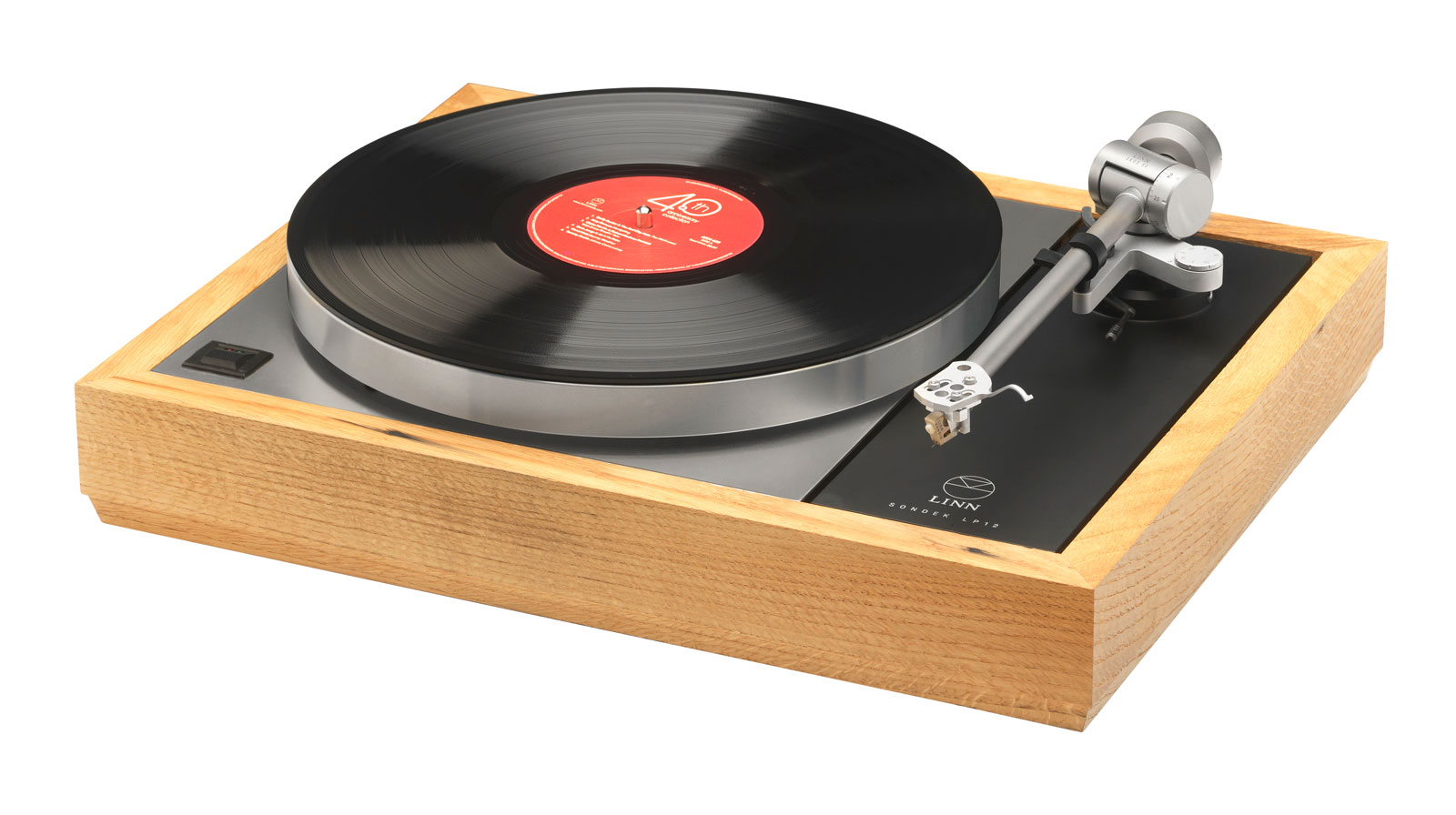Hi-Fi Hall of Fame
2024 Inductee
Linn Sondek LP12 Turntable
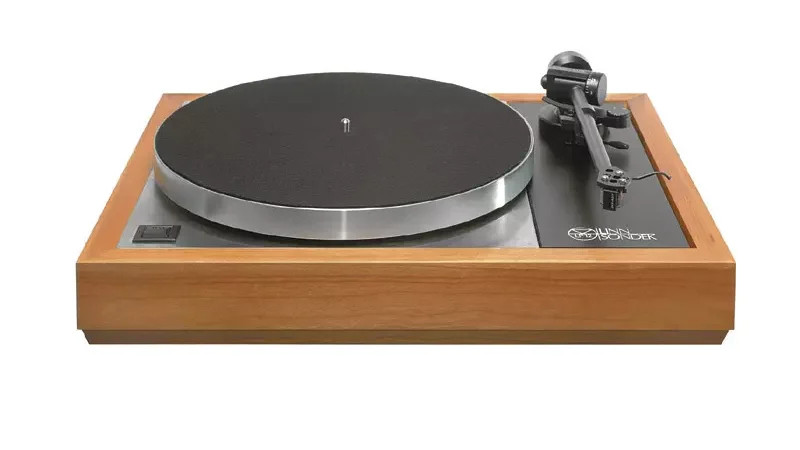
Introduction
Our next inductee is the Linn Sondek LP12 turntable. This turntable has a remarkable history: it has been in continuous production since 1972, but has evolved over the years to incorporate new technologies and materials. Despite its deceptively simple appearance, this meticulously engineered machine has captivated audiophiles globally, and it delivers an unparalleled listening experience that stands out in a world increasingly dominated by digital audio.
Let’s take a look at this timeless icon of analog audio, the Linn Sondek LP12 turntable.
Early Hi-Fi Turntables
Vinyl records have been around since the 1940s, along with record players to play them. As the quality of Hi-Fi loudspeakers and electronics improved, there was a growing market for high fidelity turntables as well. Manufacturers responded by developing simple, belt drive turntables as early as the 1960s. Belt drive technology provided a better sound quality than turntables which employed an “idler wheel” to drive the platter.
Some of those early belt drive turntables employed a “floating” sub-chassis that isolated the moving parts from the cabinet. To minimize noise and speed variations, the record platter sat atop a precisely manufactured single point bearing.
One of the first turntables employing this design was the Acoustic Research XA which was available as early as 1961. This was a simple machine, and inexpensive, and the AR XA sold well.
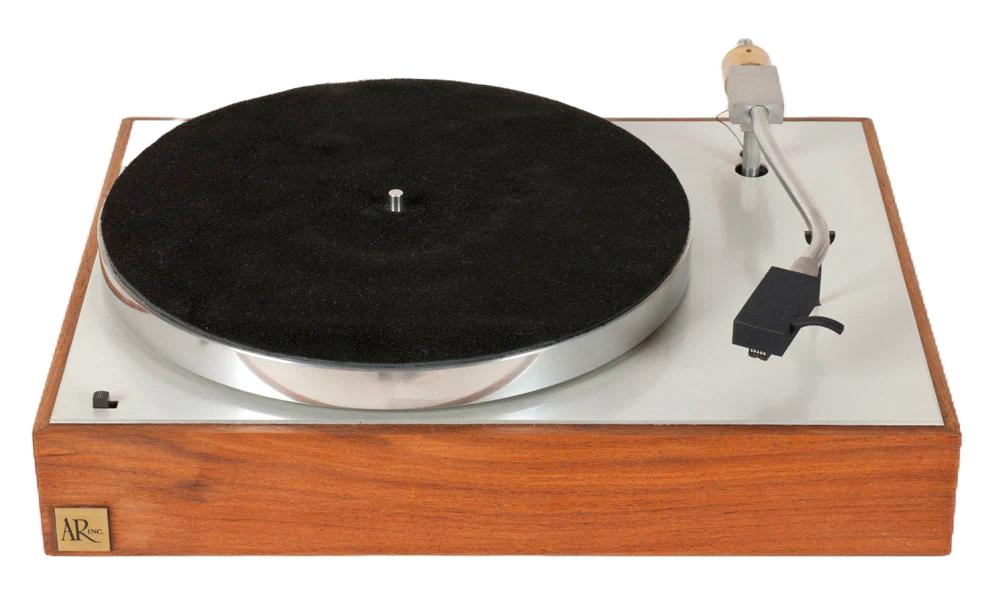
Swiss manufacturer Thorens began producing the TD150 around 1965. It employed a similar design to the AR XA, and was also popular with audiophiles. Thwse days, Thorens makes the TD1500 which is very similar to that original TD150.
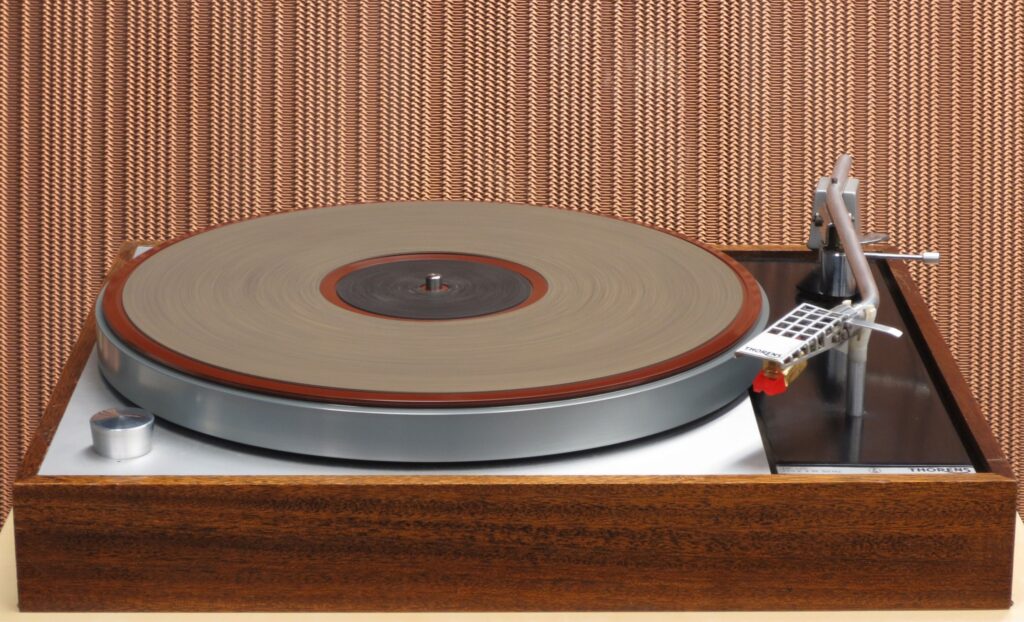
In 1970, a Scottish manufacturer called Ariston Audio started making the RD11. It employed that same basic design, was superbly engineered and manufactured, and audiophiles loved the sound quality.

Linn introduces the Sondek LP12
Two years after the Ariston RD11, a new company called Linn launched their first product: a turntable called the Sondek LP12. That original Linn model was identical to the Ariston RD11, and in fact it was manufactured in the same facility. Sadly, Ariston did not survive as a company, but Linn continued to produce and develop the Sondek LP12.
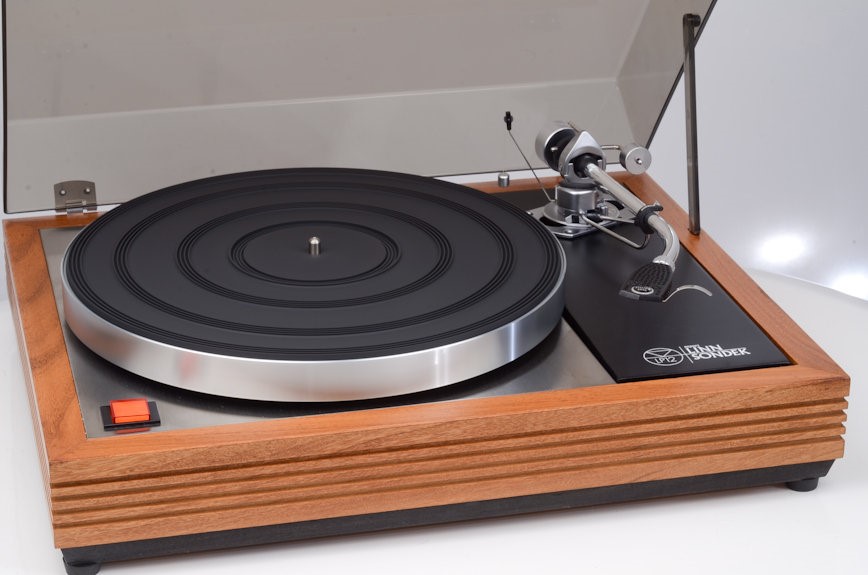
The LP12’s design ethos is deceptively straightforward. It employed a minimalist design aesthetic, devoid of unnecessary bells and whistles. The chassis was constructed from a medium density fibreboard (MDF) plinth, chosen for its inherent rigidity and resistance to unwanted resonances that can color the sound. This seemingly mundane material selection is a testament to Linn’s commitment to sonic purity, prioritizing function over form.
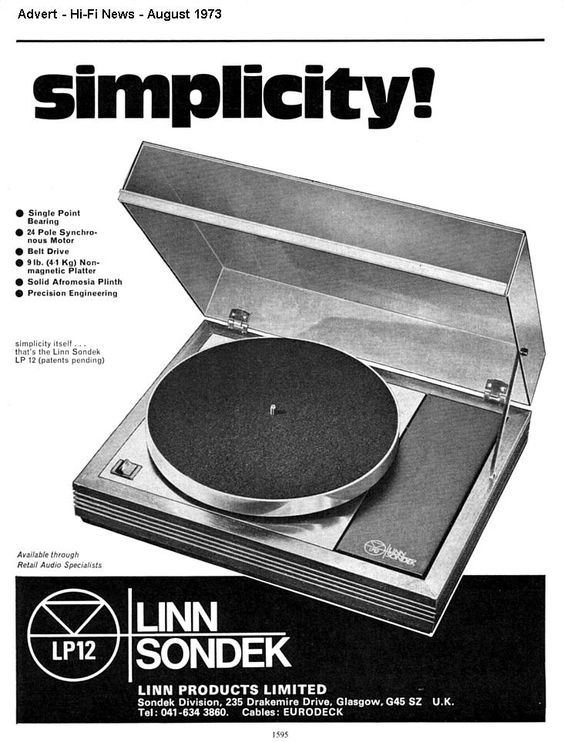
The platter, a vital component responsible for the rotation of the vinyl record, is another example of this philosophy. Crafted from aluminum, it offered a balance of mass and stability, ensuring the record spins at a precise and consistent speed. This consistency was further enhanced by the use of a subchassis suspension system, which isolated the platter and tonearm assembly from external vibrations, minimizing unwanted noise and ensuring accurate tracking of the record’s grooves.
Linn’s dedication to detail extended to even the most seemingly insignificant aspects of the LP12. The traditional spring suspension system utilized high-quality steel springs, meticulously chosen for their consistent resonant properties. The iconic Valhalla power supply, a separate unit that provided clean and stable power to the turntable’s motor, further exemplifies this commitment. This external design minimizes electrical interference within the turntable, contributing to the overall sonic clarity.
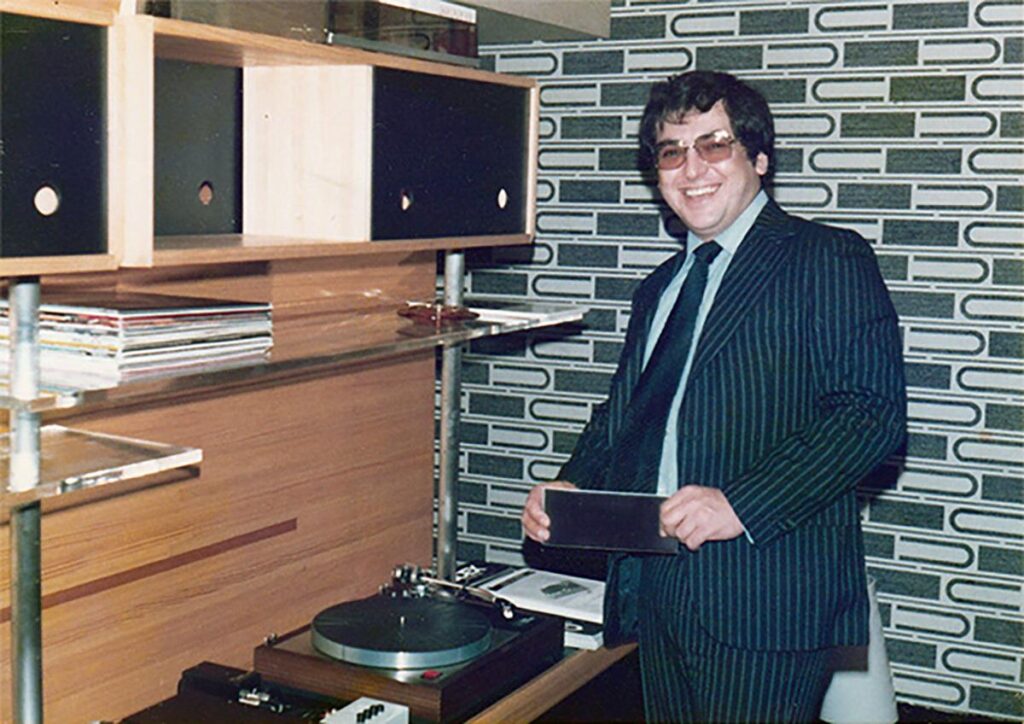
Linn Tonearms and Cartridges
The original Linn Sondek was sold without a tonearm. At the time, Linn was a distributor for a popular tonearm manufacturer called Grace, and so the Sondek was often fitted with a Grace 707 tonearm. Other popular tonearm models in that era were made by Sumiko, Mission, and SME, and these were often used with the Sondek turntable.
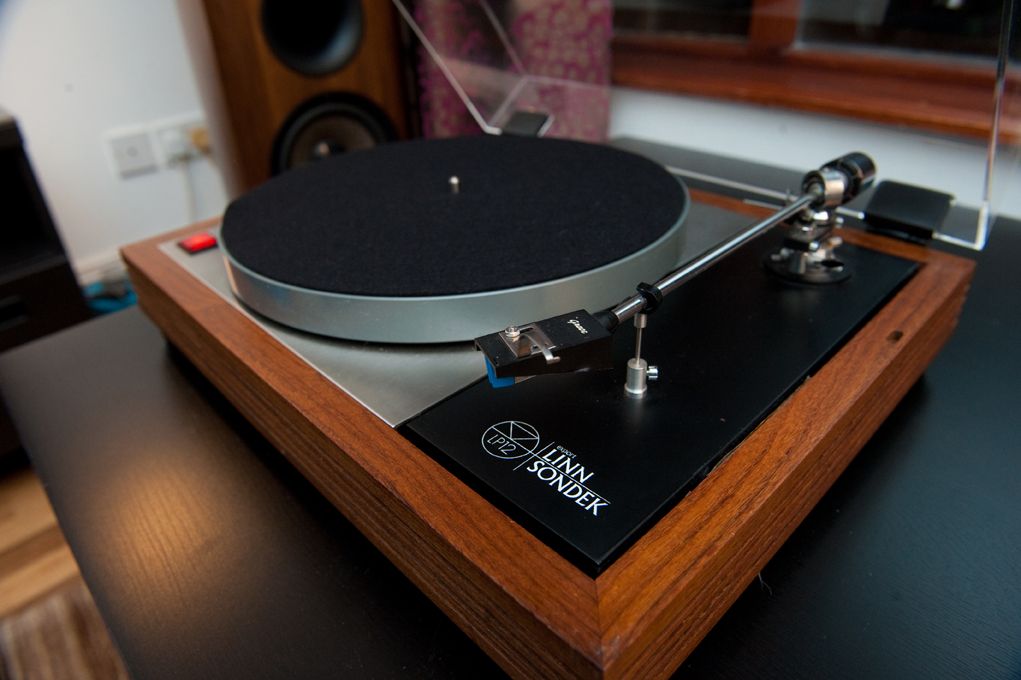
The first Linn-branded tonearm, called the Ittok, manufactured from 1979 until 1993. The Ittok was a 3-point-mounted arm with a large bore arm tube, and it was designed and manufactured in Japan to Linn’s specifications. Linn has produced other tonearms over the years, including the high end Ekos and a budget friendly arm called Basik.
Linn was also a distributor for Supex phono cartridges in the 1970s, so those early turntables were often outfitted with a Supex phono cartridge. Later, the company began producing Linn-branded cartridges made by partners such as Supex and Lyra. Currently, Linn offers three models of moving coil cartridges, the Kendo, Kandid, and Ekstatic.
Innovation, Evolution, and Upgrades
The Linn Sondek has been in continuous production since 1972, and the latest models may look a lot like those original designs, but in fact the company has been innovating continuously, and the turntable has been evolving ever since that first model was sold.
While the core principles of minimalism and sonic purity remain unchanged, advancements in materials science, engineering techniques, electronics and motor technology have been incorporated over the years. These subtle yet crucial changes ensure that the LP12 remains at the forefront of analog audio reproduction.

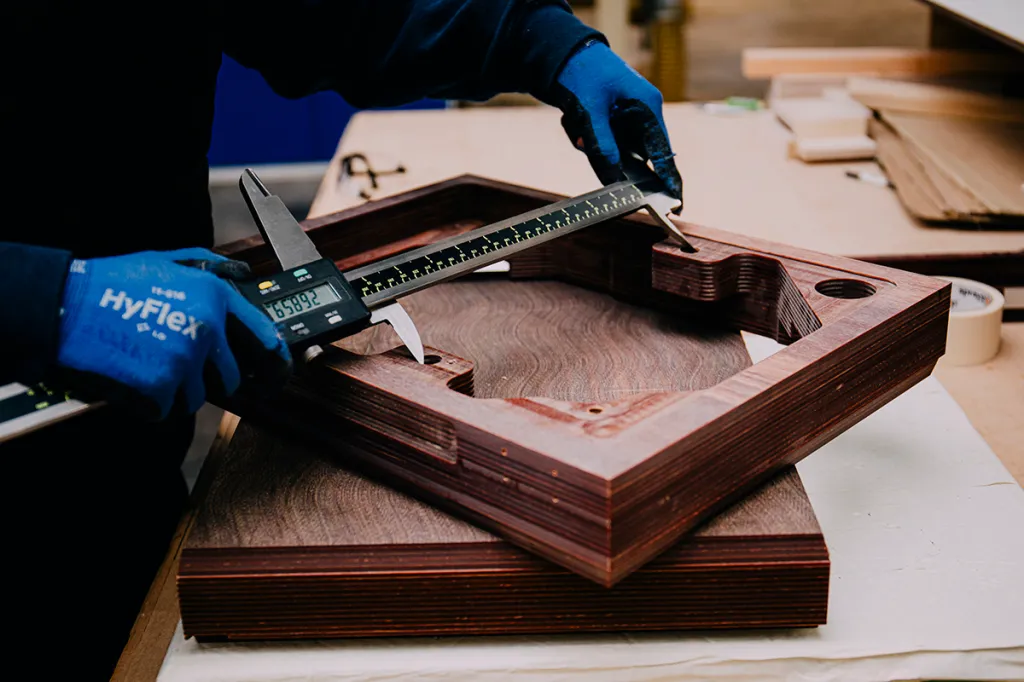
Linn’s commitment to upgradability further cements the LP12’s legacy. The modular design allows owners to progressively improve their turntables with new components, such as upgraded power supplies, tonearms, and even platters. This ensures that the LP12 can evolve alongside an audiophile’s tastes and budget, fostering a long-lasting relationship between listener and machine.

In fact there have been at least 50 upgrades made available since the original model was released, and even an original model from 1973 can be upgraded with many of the new components. Linn ensure that every new Sondek sold, and every older Sondek that gets upgraded, is set up correctly by sending a qualified technician to perform the work.
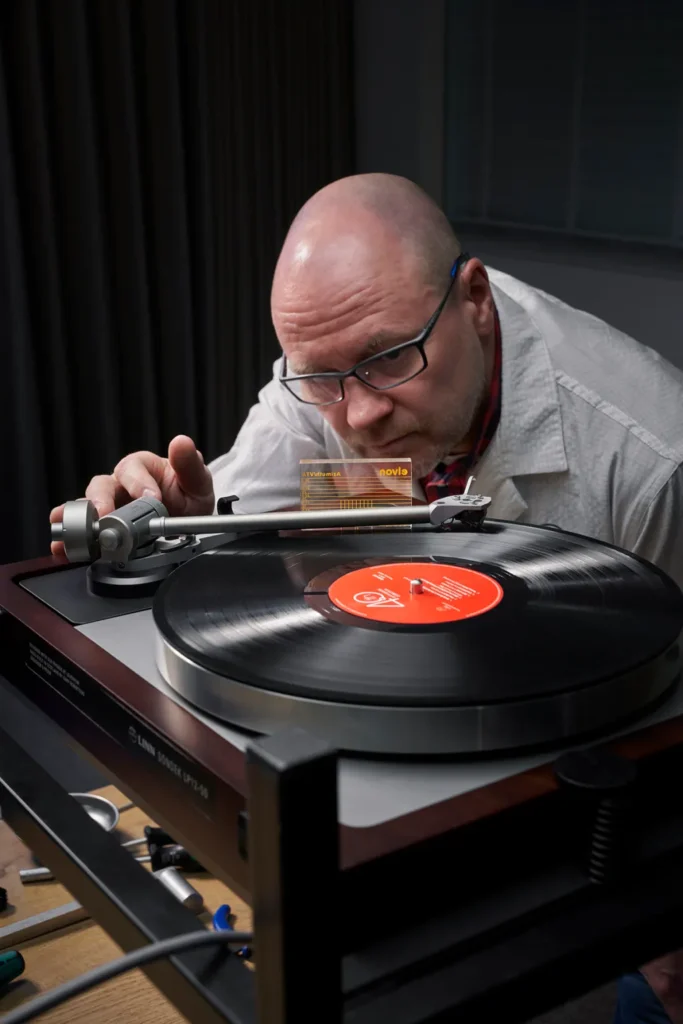
Current Linn Sondek Models
As of this writing (mid 2024), there are two ways to purchase a new Linn Sondek turntable. The first way is the “bespoke” approach by specifying each of the components individually – the base, power supply, chassis, tone arm, and cartridge – and having Linn assemble the turntable for you.
The second way is to choose one of three “curated” versions that are currently available: the Majik, Selekt, and the Klimax.
The Majik is the entry level model, using the base level baseboard, power supply and subchassis. This model employs the latest Karousel bearing, the Krane tonearm, and either an Adikt moving magnet (MM) or Koil moving coil (MC) cartridge.

The Selekt LP12 is the mid range model, which comes equipped with the Arko 7075 tonearm and Kendo moving coil cartridge.
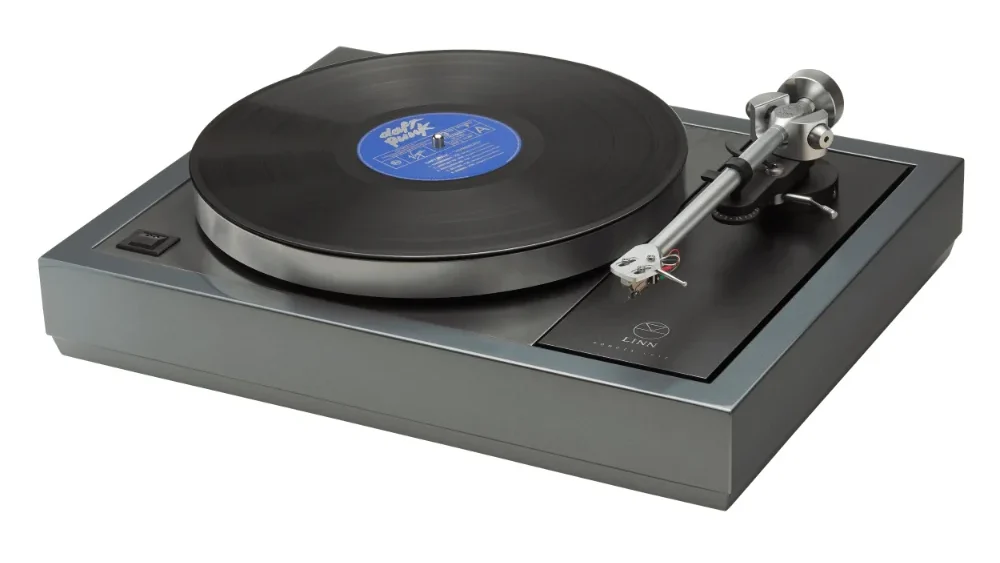
The Klimax LP12 is the best you can get, featuring every upgrade available. The Klimax is equipped with the Ekos SE tonearm and an Ekstatic moving coil cartridge.
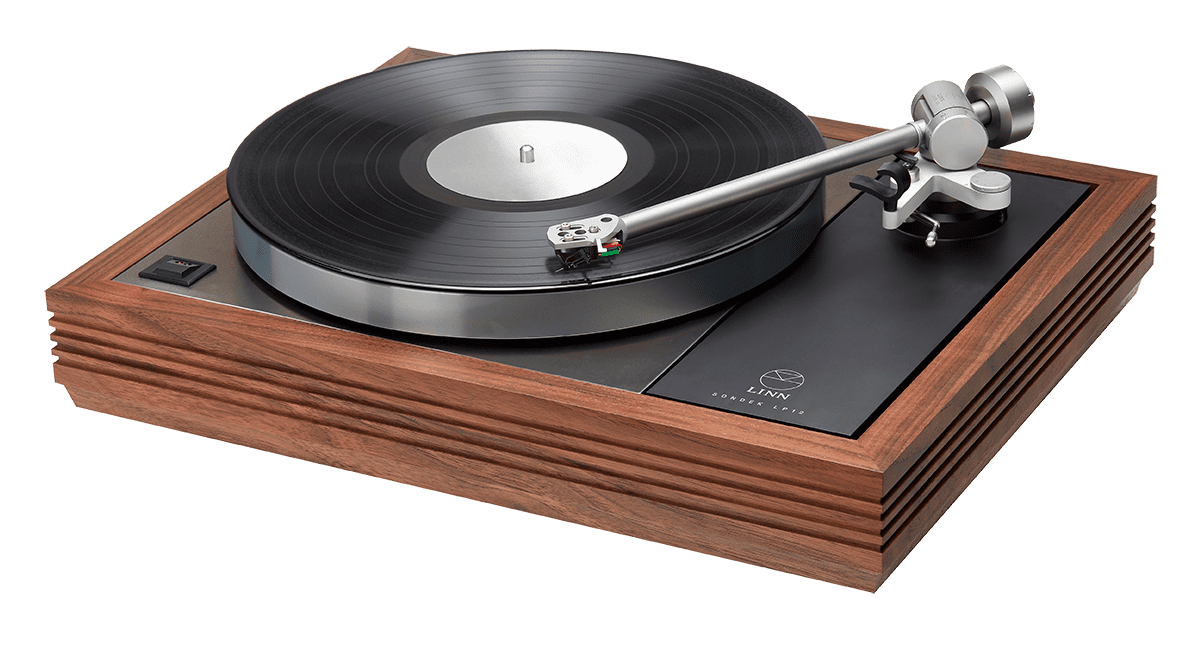
Impact on the Hi-Fi Industry
The Linn Sondek LP12 turntable was a major game changer in the Hi-Fi industry, leaving its mark in four key ways.
First, before the Linn Sondek appeared on the market, many audiophiles considered speakers or amplifiers to be the most crucial components in a Hi-Fi system. Linn argued that the turntable itself played the biggest role in accurate sound reproduction. The LP12’s design innovations and focus on minimizing vibration and wow and flutter helped to prove this point.
Second, the Sondek quickly gained a reputation for exceptional musicality. It not only measured well, it also sounded better than many other turntables, and became a reference point for other turntable manufacturers to strive for, influencing turntable design for decades.
Third was the modular design. Linn offered various upgrade paths, allowing owners to improve specific aspects of the turntable over time. This approach kept the LP12 relevant as technology advanced. It also meant that a Linn Sondek could stay in a family for generations, with regular maintenance and upgrades keeping the turntable in tip top shape.
Fourth, and perhaps the most important, the Linn Sondek helped the vinyl record format to survive. When the Linn Sondek was first released, Hi-Fi was still very much an analog ecosystem. The age of digital audio and compact discs was still a few years away. But when the Compact Disc (CD) did appear, many turntable makers and record manufacturers did not survive the digital onslaught. A few did by developing digital products, but Linn survived by staying laser focused (pardon the pun!) on making the best turntable they could. Just by surviving, Linn has contributed to keeping analog technology and vinyl records alive and viable. Today, records are still very popular, thanks in small part to great turntables like the Linn Sondek.
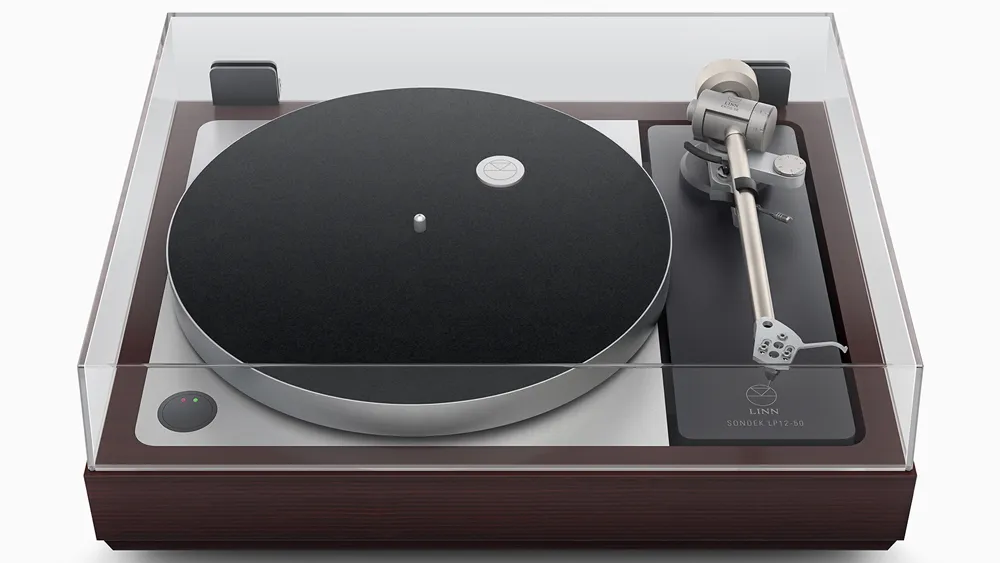
Linn Company Products and History
Since launching the Sondek turntable, Linn has gone on to produce many other Hi-Fi components, including amplifiers, loudspeakers, CD players, and network streamers. Linn products are always unique and are built to the highest standards.

The founder, Ivor Tiefenbrun, was awarded the Member of the Order of the British Empire (MBE) by Queen Elizabeth II for “his and his company’s engineering achievements and outstanding service to the electronics industry.” Linn Products has also been awarded The Royal Warrant of Appointment as a Tradesman to His Royal Highness, Charles, Prince of Wales, as a provider of Entertainment Systems.

If you’d like to see the current lineup of Linn products, please check out their website at:
And if you’d like to read a brief backgrounder on the founding of the company, and their founder Ivor Tiefenbrun, please visit the “About Us” page on the Linn website:
Induction to the Hi-Fi Hall of Fame
The true magic of the Linn Sondek LP12 lies in its ability to breathe life into vinyl records. Unlike digital audio, which presents a quantized representation of sound, analog recordings capture the continuous flow of music. This inherent difference translates to a listening experience brimming with warmth, detail, and a natural fluidity often absent in digital formats.
When the needle meets the groove, the LP12 meticulously translates the physical variations on the record into electrical signals. These signals, amplified and passed through speakers, recreate the music with remarkable fidelity. The listener is enveloped in a rich soundscape, where subtle nuances, instrumental timbres, and the natural decay of notes are all faithfully reproduced.
This dedication to sonic accuracy extends to the soundstage – the perceived spatial positioning of instruments within the recording. The LP12 excels at creating a wide and well-defined soundstage, placing the listener right in the heart of the musical performance. Whether it’s the delicate plucking of an acoustic guitar or the thundering roar of a symphony orchestra, the LP12 delivers a captivatingly realistic portrayal of the musical space.
For it’s ability to breathe magic into music, it’s long history of innovation, and it’s contribution to keeping analog audio around, the Linn Sondek LP12 turntable is inducted into the Hi-Fi Hall of Fame.
